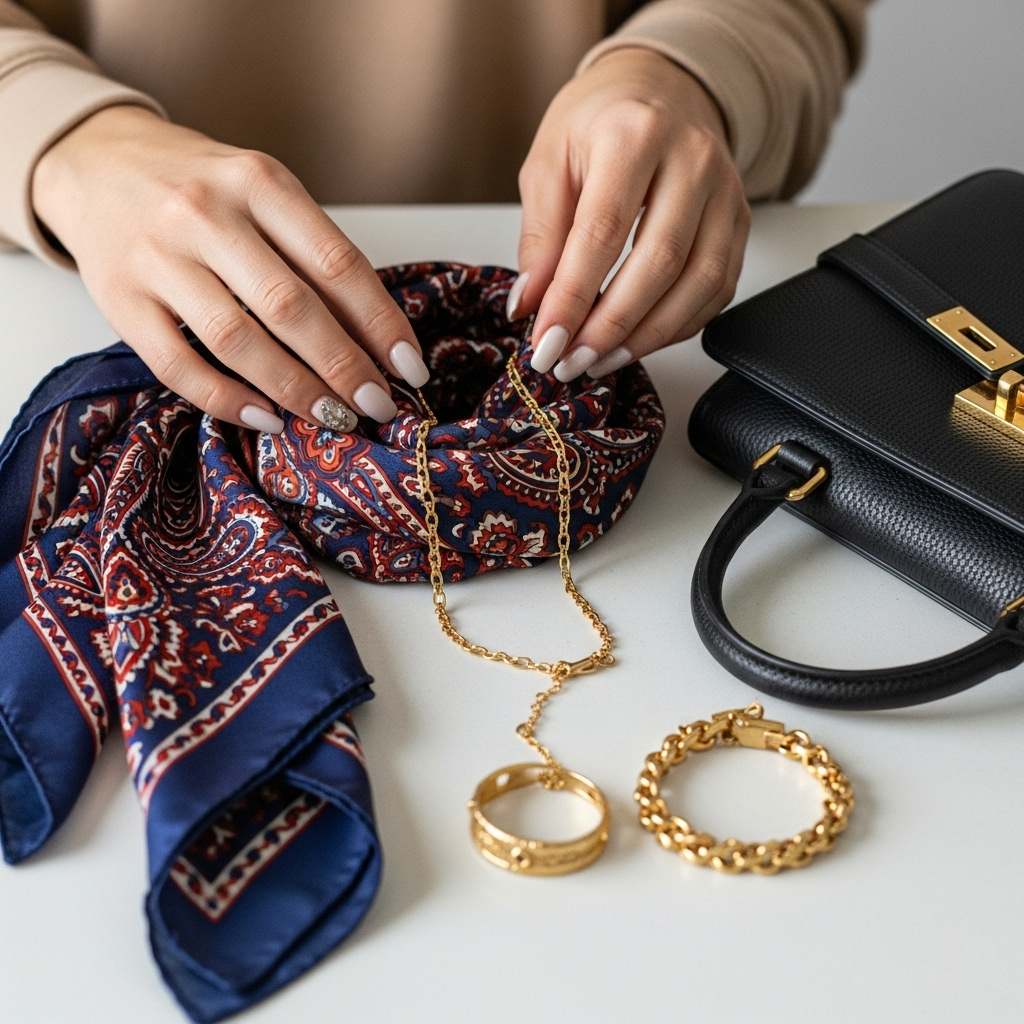In the grand tapestry of personal style, clothing often takes center stage, but it’s the subtle yet powerful role of accessories that truly elevates an outfit from ordinary to extraordinary. Far from being mere afterthoughts, accessories—be they jewelry, bags, scarves, hats, or footwear—are essential elements that can transform a look, inject personality, and tell a unique story without uttering a single word. They are the punctuation marks of an ensemble, adding emphasis, nuance, and flair.
The fundamental power of accessorizing lies in its versatility and transformative potential. A simple white t-shirt and jeans, a timeless classic, can be radically reinterpreted with the right accessories. Add a chunky statement necklace and high heels, and it becomes evening wear. Swap those for a baseball cap, sneakers, and a practical cross-body bag, and it’s perfect for a casual day out. Introduce a silk scarf, a structured handbag, and elegant flats, and suddenly it’s sophisticated chic. This demonstrates how accessories allow for endless creativity and extend the life and utility of your core wardrobe pieces. They are often more accessible and less trend-driven than clothing, making them smart investments for long-term style.
Beyond versatility, accessories are potent tools for expressing individuality and personality. While clothing might adhere to certain dress codes or social norms, accessories offer a canvas for unrestrained self-expression. A person might wear a classic business suit but choose a vibrant, patterned tie or a quirky pair of socks to subtly hint at their playful nature. A collection of vintage rings might speak to a love for history and unique finds, while minimalist silver jewelry might signal a preference for sleek, modern aesthetics. Accessories can also be deeply sentimental, such as a grandmother’s brooch or a charm bracelet marking life’s milestones, allowing personal history to be woven into daily attire.
Moreover, strategic accessorizing can significantly impact proportion and silhouette. A wide belt can cinch the waist, creating an hourglass figure. A long necklace can draw the eye vertically, elongating the torso. A structured bag can add crispness to a soft outfit, while an oversized scarf can provide volume and drama. Understanding how different accessories interact with your body shape and the lines of your clothing is key to creating balanced and flattering looks. This skill allows individuals to manipulate visual perception, enhancing their best features and creating harmonious overall aesthetics.
The art of accessorizing also involves considering the occasion and context. What works for a beach vacation might not be appropriate for a formal business meeting. A delicate pearl necklace might be perfect for an elegant dinner, while bold, colorful earrings would be more suitable for a festive gathering. The most stylish individuals are those who intuitively grasp these nuances, selecting accessories that are not only aesthetically pleasing but also perfectly suited to the environment and activity. This thoughtful consideration adds another layer of sophistication to one’s style.
Finally, effective accessorizing is about mindfulness and curation, not accumulation. A common mistake is over-accessorizing, which can make an outfit look cluttered or haphazard. The goal is often “less is more,” where each chosen piece serves a purpose and adds intentional impact. It’s about creating focal points and ensuring that each accessory contributes to the overall narrative of the outfit. Building a versatile collection of quality accessories over time, rather than chasing every fleeting trend, empowers individuals to create a distinctive and cohesive personal style that truly reflects who they are. Accessories are not just adornments; they are essential storytellers, transforming clothing into a powerful statement of self.


Leave a Comment
Your email address will not be published. Required fields are marked *